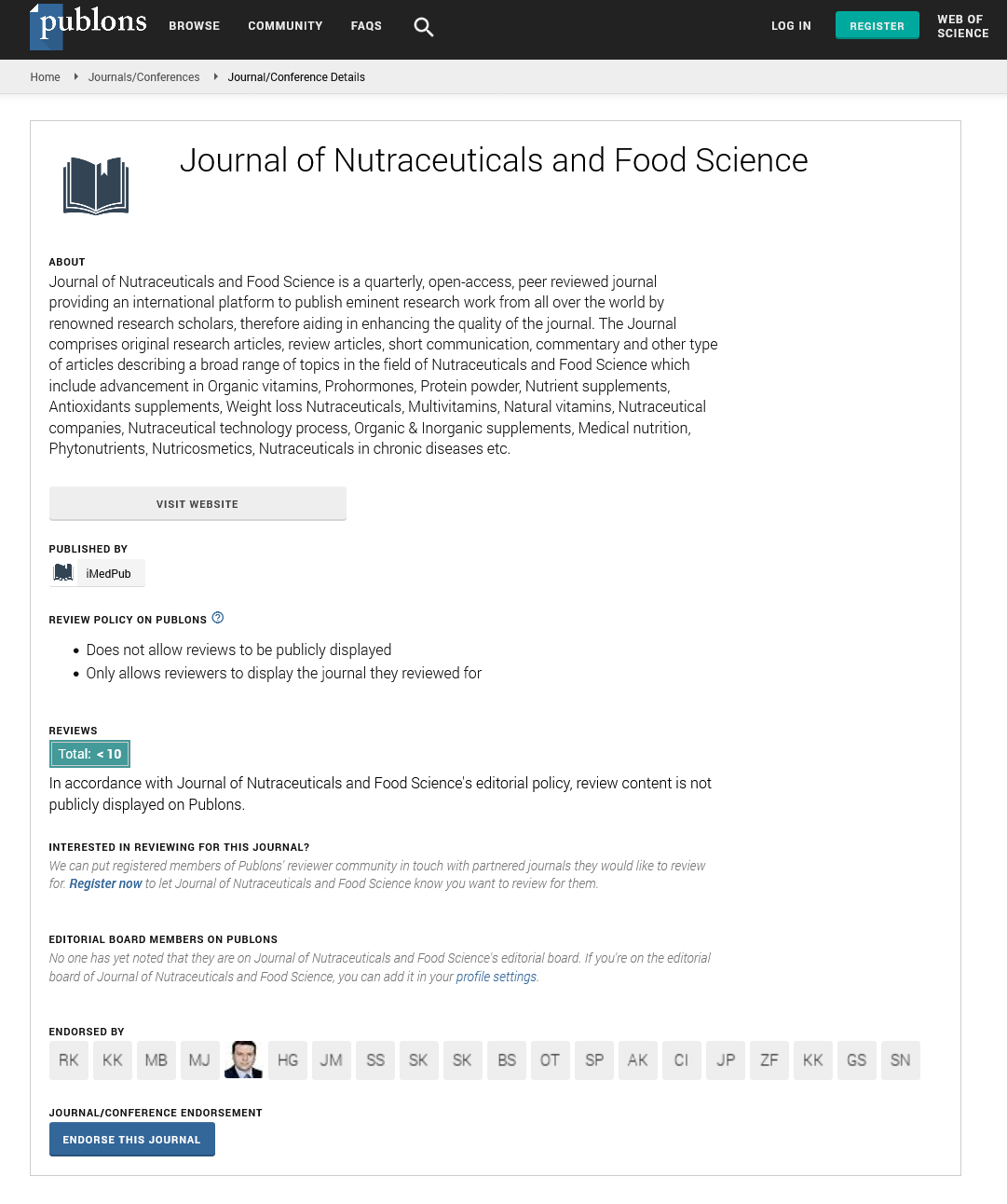Abstract
Prevalence and mechanisms of antibiotic resistance in Escherichia coli isolated from mastitic dairy cattle in Canada.
Bovine mastitis is the most common infectious disease in dairy cattle with major economic implications for the dairy industry worldwide. Continuous monitoring for the emergence of antimicrobial resistance (AMR) among bacterial isolates from dairy farms is vital not only for animal husbandry but also for public health. In this study, the prevalence of AMR in 113 Escherichia coli isolates from cases of bovine clinical mastitis in Canada was investigated. Kirby-Bauer disk diffusion test with 18 antibiotics and microdilution method with 3 heavy metals (copper, zinc, and silver) was performed to determine the antibiotic and heavy-metal susceptibility. Resistant strains were assessed for efflux and ßlactamase activities besides assessing biofilm formation and hemolysis. Whole-genome sequences for each of the isolates were examined to detect the presence of genes corresponding to the observed AMR and virulence factors. Phenotypic analysis revealed that 32 isolates were resistant to one or more antibiotics and 107 showed resistance against at least one heavy metal. Quinolones and silver were the most efficient against the tested isolates. Among the AMR isolates, AcrAB-TolC efflux activity and ß-lactamase enzyme activities were detected in 13 and 14 isolates, respectively. All isolates produced biofilm but with different capacities, and 33 isolates showed α-hemolysin activity. A positive correlation (Pearson r = +0.89) between efflux pump activity and quantity of biofilm was observed. This investigation showed the prevalence of AMR in E. coli isolates from bovine clinical mastitis and suggest the inadequacy of antimicrobials with a single mode of action to curtail AMR bacteria with multiple mechanisms of resistance and virulence factors. Therefore, it calls for combinatorial therapy for the effective management of AMR infections in dairy farms and combats its potential transmission to the food supply chain through the milk and dairy products.
Author(s):
Satwik Majumder
Abstract | Full-Text | PDF
Share this

Google scholar citation report
Citations : 393
Journal of Nutraceuticals and Food Science received 393 citations as per google scholar report
Journal of Nutraceuticals and Food Science peer review process verified at publons
Abstracted/Indexed in
- Google Scholar
- Publons
- Secret Search Engine Labs
Open Access Journals
- Aquaculture & Veterinary Science
- Chemistry & Chemical Sciences
- Clinical Sciences
- Engineering
- General Science
- Genetics & Molecular Biology
- Health Care & Nursing
- Immunology & Microbiology
- Materials Science
- Mathematics & Physics
- Medical Sciences
- Neurology & Psychiatry
- Oncology & Cancer Science
- Pharmaceutical Sciences


